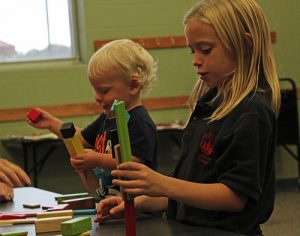 With this post, we’re delighted to kick off a new feature to our blog. Each month, Mike Mangiaracina – an elementary-school science teacher – will reflect on the many connections that can be found within his classroom, between teacher, student, and their shared world.
With this post, we’re delighted to kick off a new feature to our blog. Each month, Mike Mangiaracina – an elementary-school science teacher – will reflect on the many connections that can be found within his classroom, between teacher, student, and their shared world.
In this piece, Mike extols the wonders of phenomena for engaging children in the classroom.
The Poetry of Phenomena
– Mike Mangiaracina
The ideal scientist thinks like a poet and only later works like a bookkeeper. – E.O. Wilson, Letters to Young Scientist
All children are artists. The problem is how to remain an artist once he grows up. – Pablo Picasso
As an elementary school science teacher, I have the rare privilege of seeing how children approach the natural world’s great mysteries. A child’s observations can lead her from a seemingly simple phenomenon to deep and complex questions in a matter of moments, asking “why?” after “why?” after “why?” until she has exhausted all of my explanations.
I believe we’re all capable of this kind of wonder, but children lay a special claim to it. No one appreciates a snowstorm or a tadpole quite like a child. My job is to keep children in this state of fascination for as long as possible.
With reverence for this state of wonder, I focus my teaching on “phenomena-based” lessons, where my students go nose to nose with deceptively complex phenomena, and follow their observations and intuition as far as they will go. Strictly speaking, a phenomenon can be anything that appears to the senses, an object or event rather than an idea. However, in the classroom, it’s best to choose phenomena that are worth spending time with because they bear so much more fruit upon closer inspection. The heart of a good lesson is the choice of a good phenomenon.
As intuitive as this sounds, sometimes we’re not so careful about what we place in front of our students. Children are often taught how to read without enough consideration for what they are actually reading. Texts are frequently chosen to improve their budding skills, but not enough respect is given to the ideas in these books, or to the children’s interest and curiosity. It’s the same with math, where our emphasis on skills and the otherwise-promising trend of developing “mathematical practice” stops just short of considering how inherently interesting these math problems actually could be.
And of course science classes have been no exception. In far too many schools, textbooks and bare facts stand in front of students where exciting phenomena should be. I made it through a year of AP Biology in an excellent public high school without ever once observing a living thing. It wasn’t until I became a bird watcher as an adult that I found myself caring about what I had studied in high school.
When we present students with a fascinating event – such as two magnets repelling each other on a table top ‒ we are opening up great opportunities for learning. Students have to slow down, for one, and use all of their senses, feeling the magnets force each other apart, and hearing the satisfying click when the magnets spin around in mid-air and find their opposite poles. They witness a genuine mystery, taking place right before their eyes, as they watch one ring magnet levitate over another. They practice critical thinking skills, not just generating good questions, but also the much harder task of testing their assumptions in the search for answers.
These aren’t just the skills of a scientist; they are the skills of any responsible citizen, and they are the skills of a poet. Science and art overlap in a crucial place, where creativity and thoughtful observation illuminate new truths. Artists and scientists share a respect for phenomena that depends on careful questioning and interpretation of each observation. If we were to unite our ideas of what makes an artist and what makes a scientist, and roll them up into an elementary school curriculum, I think we’d be on the road to building deeper learning and fueling real school reform. Reform initiatives such as the Common Core State Standards focus on skills and outcomes, but they don’t connect these skills to actual things and events, and they miss the opportunity to help teachers connect students to their worlds.
Elementary school is ripe for this kind of rethinking. Students at this age are eager to explore new spaces, and are quick to connect their own passions to what they observe. I propose a new canon for our elementary science classes, one built on direct experiences with the natural world. Children are able to find multitudes within phenomena, and we should be helping teachers to recognize this potential and lose their fear of putting phenomena in their classrooms as “third things,” witnessed by all.
This approach to teaching science is surprisingly simple, but it takes faith. We need to believe that the important work of teaching can occur in the spaces between the students and their shared experiences. When we maintain that a teacher’s job is to introduce students to things worth seeing and knowing – whatever the subject – we can get comfortable and join our students on their journeys, sharing in their wonder and their appreciation for the world where they will, one day, be adults.
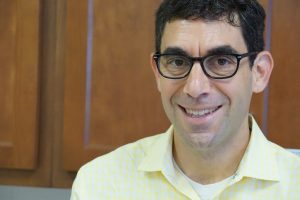 Mike Mangiaracina has been teaching for 21 years, and is in his 8th year teaching 1st-5th grade science and math at Brent Elementary, a DC public school on Capitol Hill. Previously, Mike taught for 10 years at two Friends schools. Beyond teaching, he runs an annual bird count for our local school communities, delivers professional development sessions for other teachers, and seeks elementary science teachers to mentor.
Mike Mangiaracina has been teaching for 21 years, and is in his 8th year teaching 1st-5th grade science and math at Brent Elementary, a DC public school on Capitol Hill. Previously, Mike taught for 10 years at two Friends schools. Beyond teaching, he runs an annual bird count for our local school communities, delivers professional development sessions for other teachers, and seeks elementary science teachers to mentor.
Questions to consider:
What are some subjects of study that can put students and teachers on equal footing, so that they can learn together?
Share your stories and ideas here!
photo credit: ACPL <a href=”http://www.flickr.com/photos/97286492@N00/22052310095″>STEM Adventures</a> via <a href=”http://photopin.com”>photopin</a> <a href=”https://creativecommons.org/licenses/by-nc-nd/2.0/”>(license)</a>
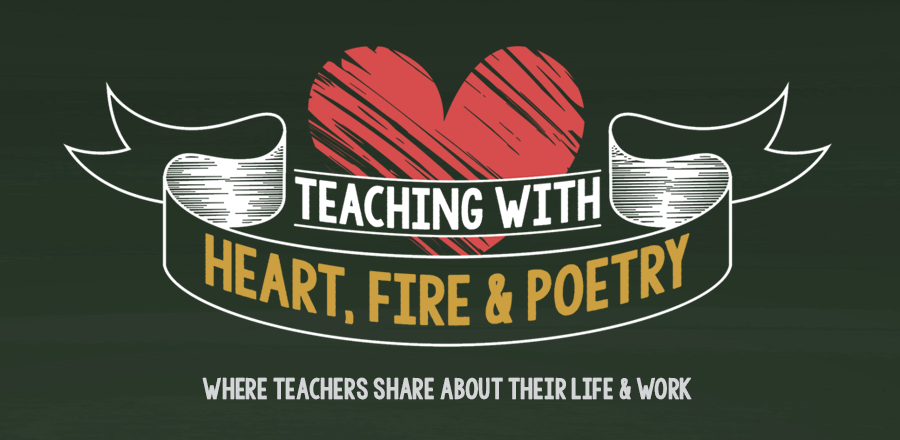
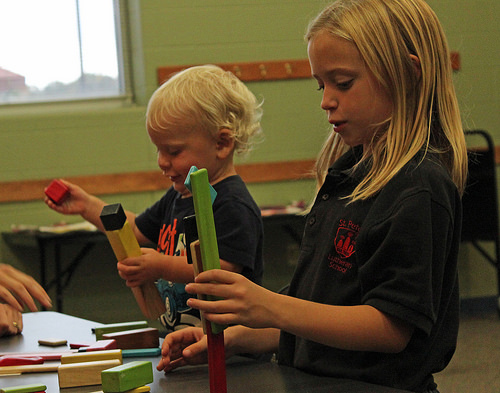
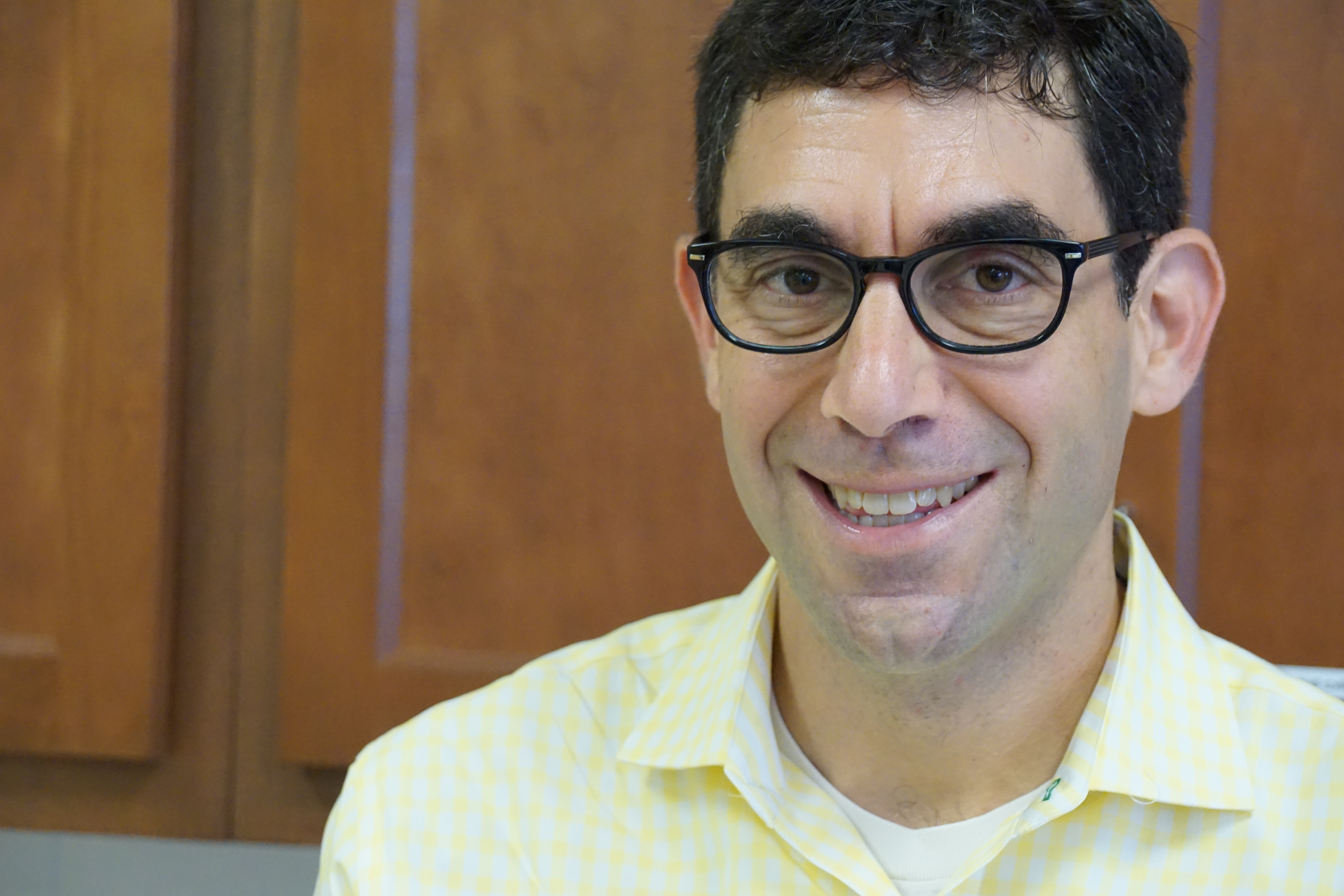
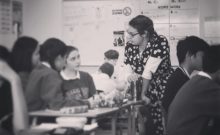
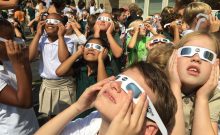
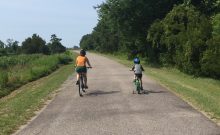
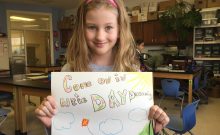

Leave a Comment